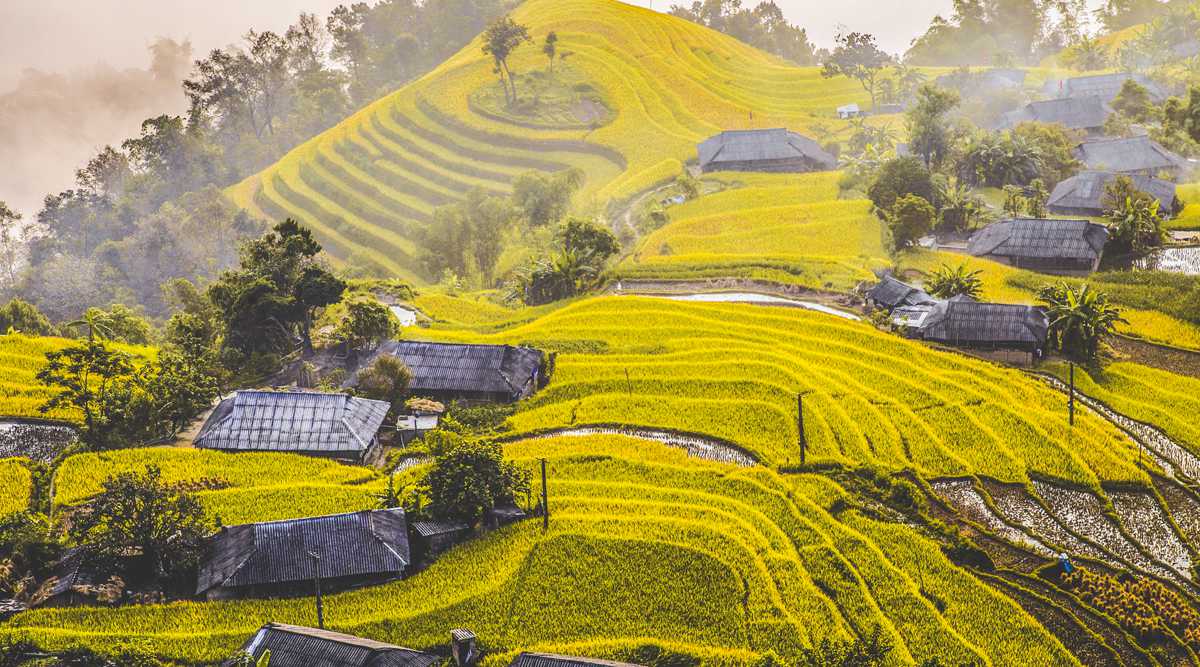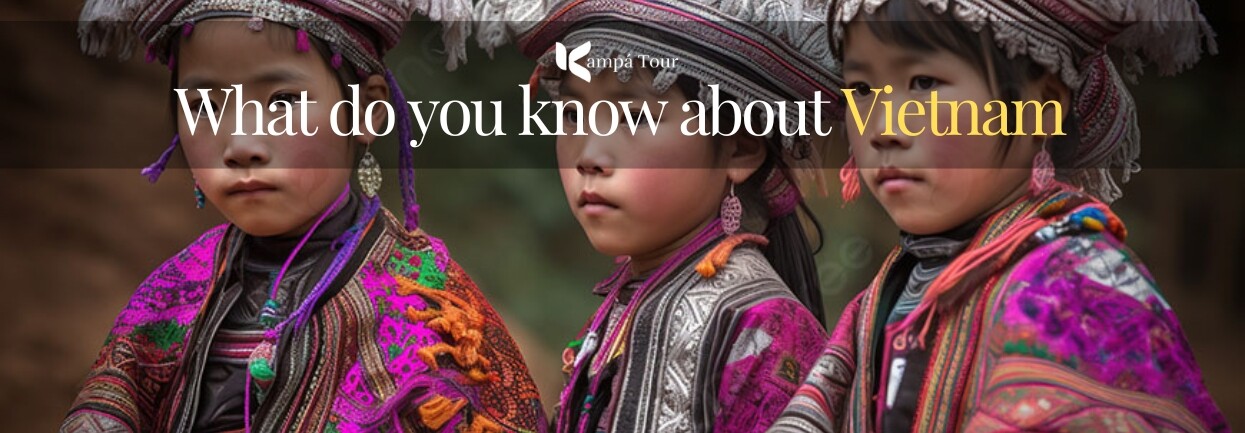Hoang Su Phi: 6 Questions to Ask Before You Go
Many international travelers see pictures of endless green or golden rice fields as an enduring symbol of Vietnam. This scene is widespread across the country, but Hoang Su Phi is perhaps the best place to experience it. Located in Ha Giang province, this remote district is cherished for its untouched beauty and vast rice fields that form marvelous landscapes.
Apart from that, here you can also find the authentic lifestyles of various distinct ethnic groups. So, the following piece provides a guide to some must-visit places in the area.
- 1. Where is Hoang Su Phi?
- 2. When is the Best Time to Visit Hoang Su Phi?
- 3. What to do and see?
- 3.1 Top Breathtaking Viewpoints You Can't Miss
- 4. How many days to spend in Hoang Su Phi?
- 5. Which Northern Vietnam Itineraries Can Be Combined with Hoang Su Phi?
- 6. How to get there?
- 7. Local cuisine not to be missed
1. Where is Hoang Su Phi?
Hoang Su Phi is a mountainous district located in the west of Hà Giang Province, Vietnam, about 80 km southwest of Ha Giang City and 310 km northwest of Hanoi. Although Hoàng Su Phi might still be unfamiliar to many tourists, it offers more authentic experiences compared to the renowned Mù Cang Chải, known for its impressive Vietnam's rice terraces.
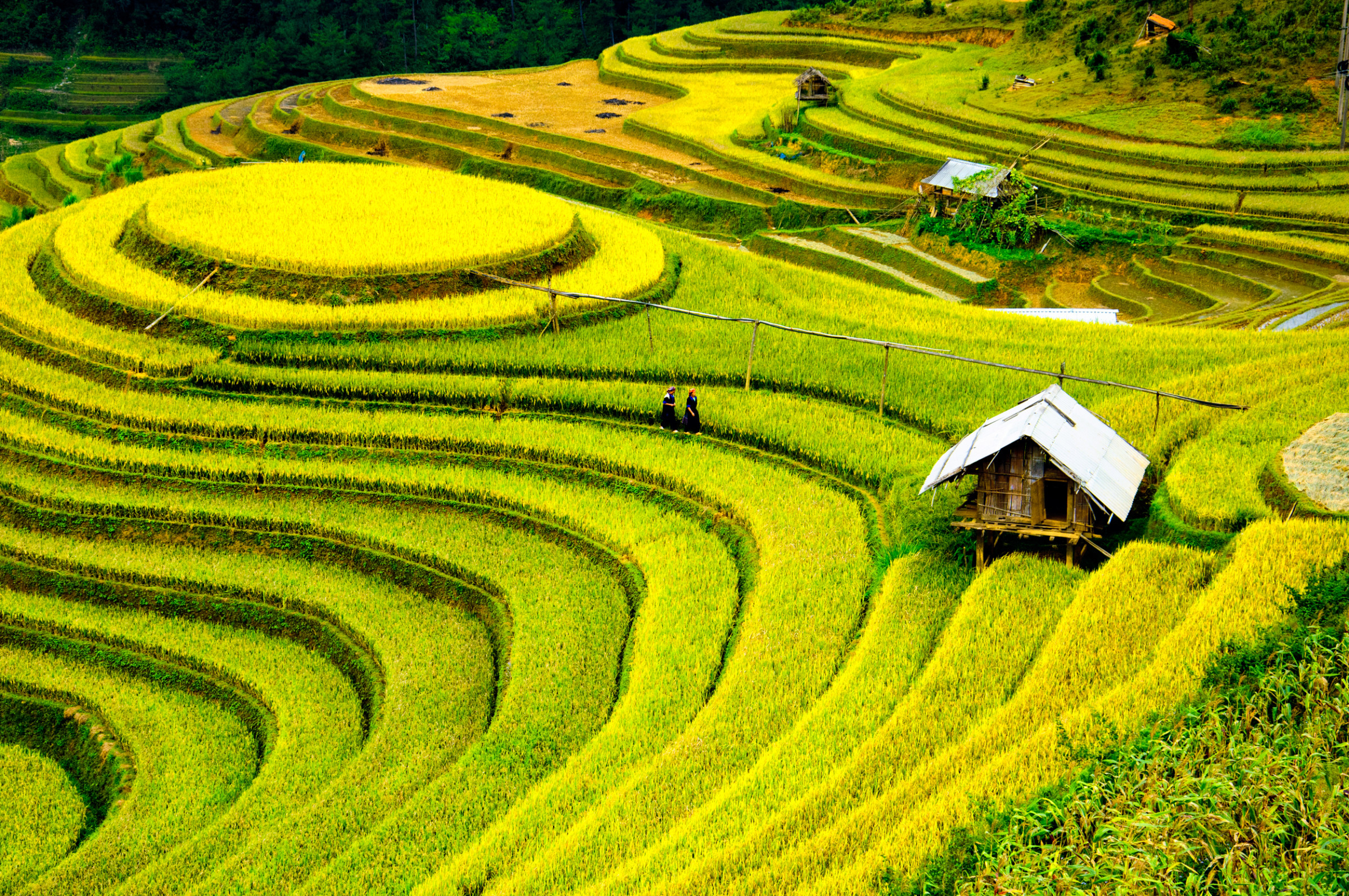
2. When is the Best Time to Visit Hoang Su Phi?
Between April and June, during the 'water season,' the terraced fields are flooded, heralding the start of the rice planting. Hoang Su Phi offers a chance to admire the northwest terraces in spring, where the landscape forms stunning 'mirrors of the sky' with pure blue. 'Crystal-clear pools' sparkle on the mountainsides, reflecting the drifting clouds. We encounter members of ethnic groups, dressed in colorful traditional outfits, working in the fields. Their long shadows on the water at sunset add a peaceful beauty to the scene.
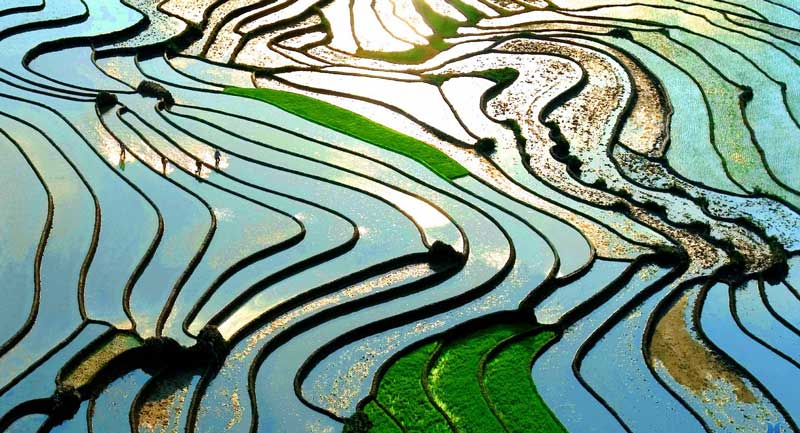
In July and August, rice stalks begin to grow, and the mountains turn even greener, undulating with the summer breeze. The terraces shine in vibrant emerald hues.
As autumn arrives, the rice plants are ready for harvest. From September to early November, the golden fields stretch across the mountainous area, creating a breathtaking sight. This is the perfect time to capture the stunning terraces in all their glory.
3. What to do and see?
Hoang Su Phi is famous for its terraced rice fields, which are recognized as a National Heritage Site. They were built about 300 years ago by the La Chi, Dzao, and Nung, the first ethnic groups to cultivate fields in the rugged mountainsides and deep forests. Their ingenuity has made it possible to make the most of the region's scarce arable land and water resources. Here are the places where visitors can best admire the striking beauty of the district:
3.1 Top Breathtaking Viewpoints You Can't Miss
Hoang Su Phi is renowned for its terraced rice fields, which have been declared national relics. Approximately 300 years ago, the La Chi, Dzao, and Nung ethnic groups first cultivated these terraces on the rocky mountain slopes and deep forests. Their ingenuity allowed them to maximize the limited fertile land and scarce water resources. The terraced fields of Hoang Su Phi cover about 3,000 hectares across several communes. Among these, the 760 hectares designated as a national relic site stand out, offering a unique experience for tourists traveling from Hanoi on the Ha Giang loop.
Below are some of the best places for visitors to admire these stunning sights:
-
Ban Phung
In its approximately 3,000 hectares of terraced fields, Hoang Su Phi is home to three areas where the rice fields are particularly amazing. The first is in the far north, around the village of Phung (or Ban Phung), near the border with China. The cultivated terraces are large and bathed in the clouds and mist surrounding the mountain tops. As the rice ripens later than elsewhere, it is harvested in early to mid-October.
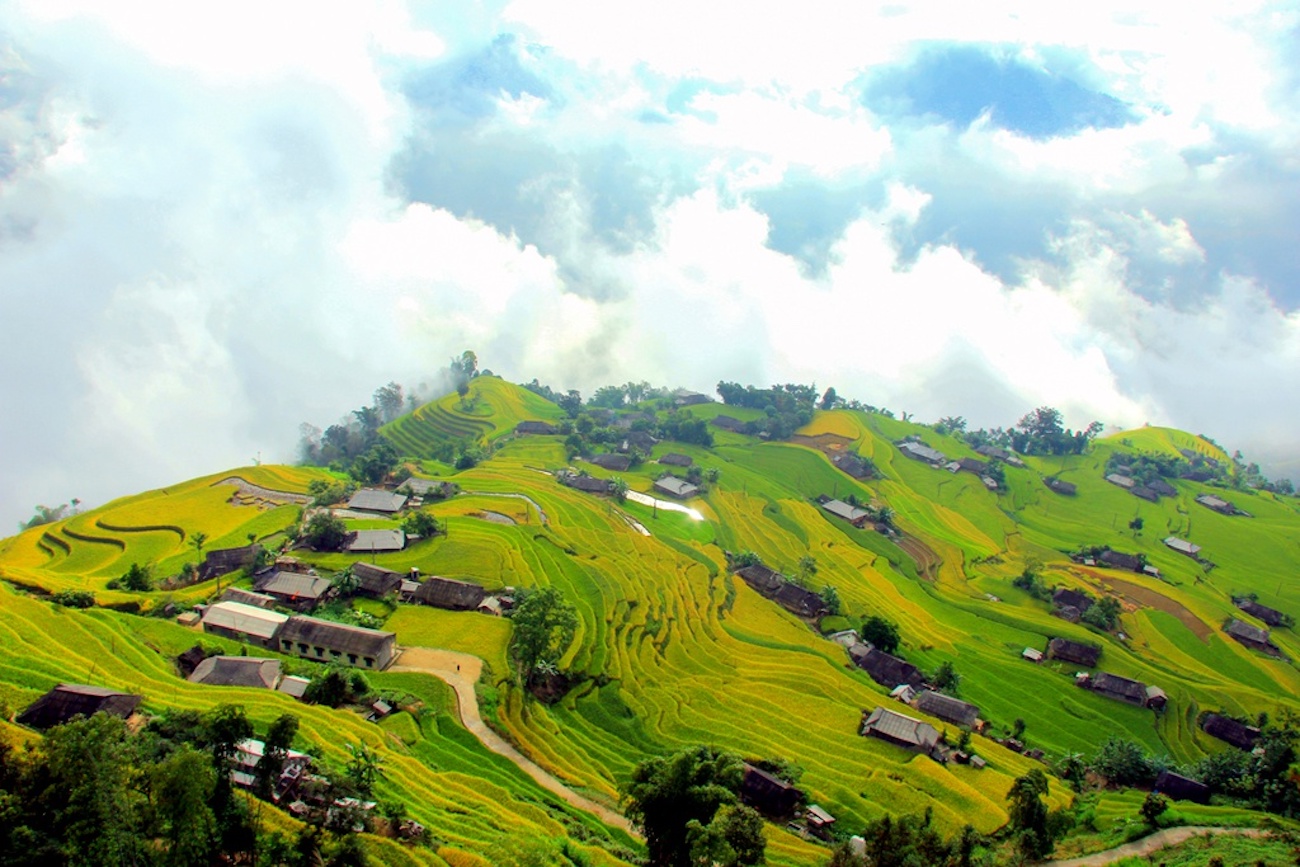
You will also find villages in Ban Phung of the La Chi ethnic group, who migrated there from China about 800 years ago. This people has preserved its specific customs, such as its method of rice cultivation and its festivals linked to agricultural religious beliefs. During Khu Cu Te, for example, in July, the La Chi pray for a bountiful harvest in autumn.

-
Ban Luoc
In the Dzao Noir region, near the village of Ban Luoc, you can overlook beautiful valleys with natural waterfalls and lush terraced fields. Its mountain slopes offer the largest expanse of these vertical farming practices. To fully explore the beauty of this locality, hiking and staying in a homestay are essential experiences. The breathtaking landscapes of the staggered rice fields will enchant you, as well as the opportunity to discover the daily life of the local ethnic groups.
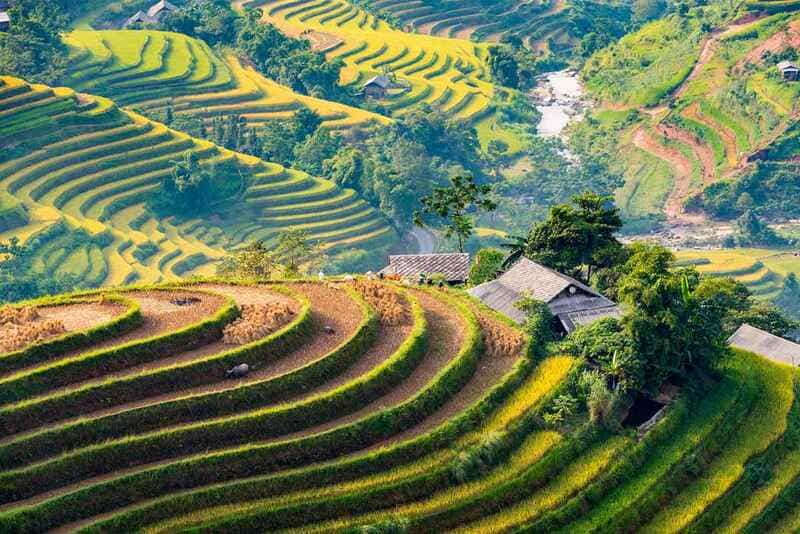
>>> You might also be interested in: 7 Amazing Places to Catch Stunning Rice Fields in Vietnam!
-
Nam Ty and Thong Nguyen
The third zone is located in the southeastern part of the district and surrounds the villages of Nam Ty and Thong Nguyen. There are also spectacular rice terraces, as well as 'shan tuyet' tea plantations in the village of Phin Ho. Its century-old tea plants, the oldest of which are probably more than 400 years old, are also an attraction in themselves.
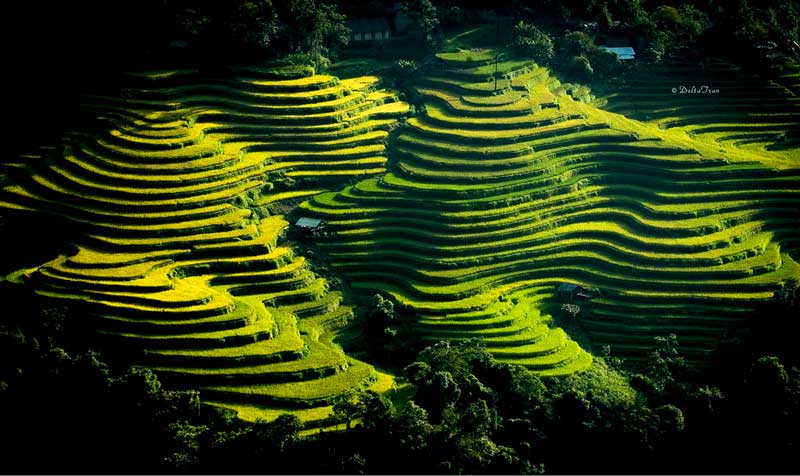
In the midst of these incredible landscapes, one can experience the lifestyle and culture of the Dzao ethnic group. If you visit in January, you may be able to take part in the annual fire dance festival, which is a key part of their traditions.
Not far from Phin Ho is the Pan Hou Ecolodge, a hotel perched in the heart of the Hoang Su Phi mountains. It is a great starting point for beautiful hikes, allowing you to better connect with the community villages while enjoying the natural beauty of the area.
-
Mount Tay Con Linh
At the opposite end of the district, in the northeast, is the highest mountain in Ha Giang, Tay Con Linh. With a height of 2,427 meters, it is slightly shorter than Fansipan in Sapa but offers just as much for hikers. The climb to the summit presents challenges that make it particularly exciting for mountaineering fans or travelers seeking a physical challenge. In addition, it is a sacred mountain for the La Chi ethnic group.
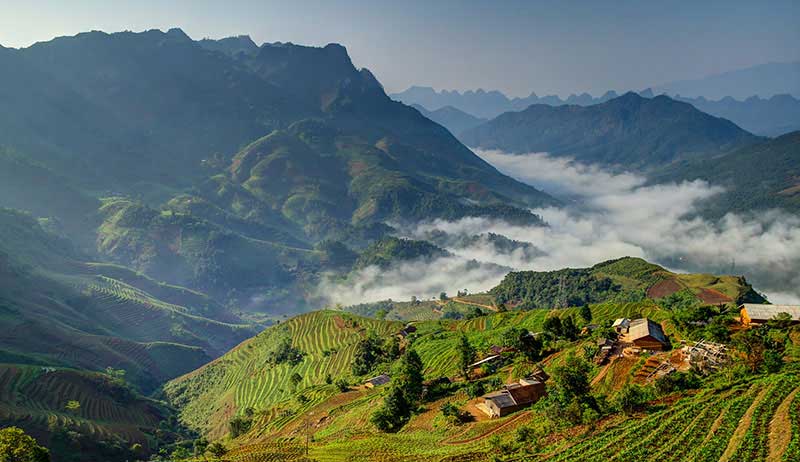
>>> For additional information on homestays in Vietnam.
-
Chieu Lau Thi Summit
At more than 2400 meters, the Chieu Lau Thi is also one of the highest points in northeastern Vietnam. This mountain is home to a diverse ecosystem, including a virgin forest as well as the cultivation of san tuyet or "snowtea", well known to the Vietnamese. Only adventurous and physically fit tourists can try to reach its summit!
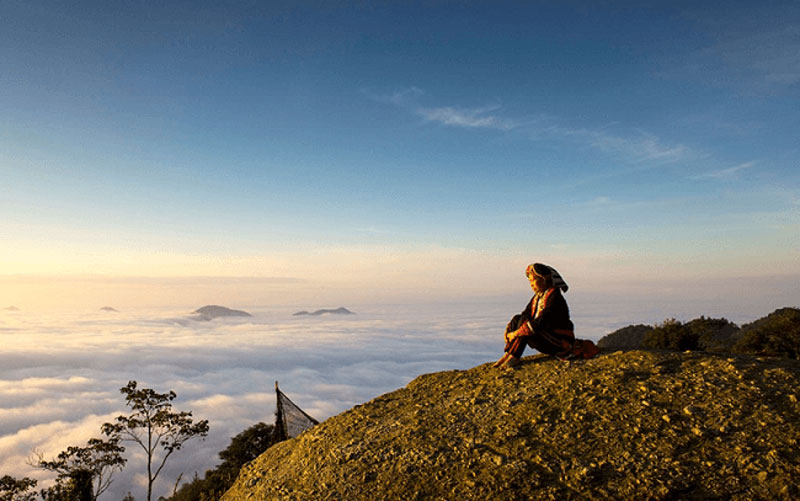
>>> Read more: 6 Most Majestic Trekking Spots in Vietnam
-
Hoang Su Phi Market
This market is held every Sunday at the foot of Tay Con Linh. Members of different ethnic minorities, from the Tay and Nung to the Dzao and H'mong, make it a vibrant meeting place. They come very early in the morning from remote villages such as Ban Luoc and Nam Ty, where they sell their products or buy what they need for the following week. Visitors can enjoy a beautiful display of colors, various goods, and traditional clothing from the local ethnic groups.
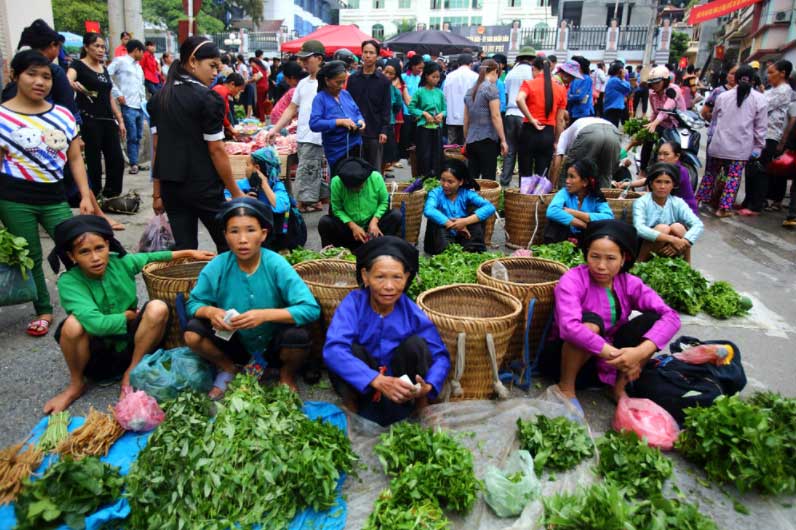
-
Experience Rice Planting and Tea Picking
Agriculture is the economic spearhead of the Hoang Su Phi region that gives its visitors opportunities to join the townsfolk in planting rice, harvesting it or experiencing tea picking and roasting around.
To start off your journey, walk into these ancient terraces’ breath-taking coolness and richness with La Chi and Dzao farmers who have lived on this earth for more than 300 years. While planting rice seedlings in fields that have fed many generations, feel how much history flows under your fingers, each one being a living witness to the durability as well as creativeness of these mountainous communities.
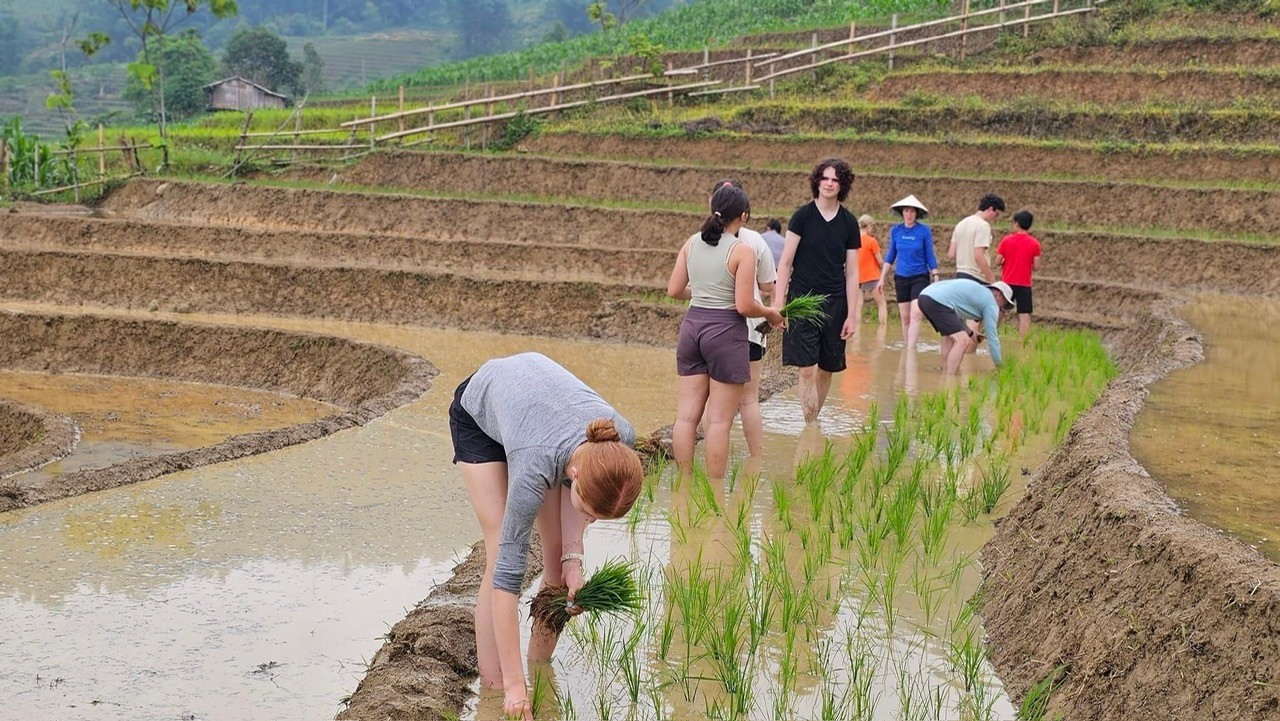
At midday when the sun has risen higher above, make your way to Hoang Su Phi's hidden tea gardens where legendary Shan Tuyet grown 500-year-old tea trees are growing. These trees sometimes caressed by clouds produce such leaves carrying mountain spirits themselves. Here it is not just about getting out thing; rather it is relating yourself spiritually to land itself by plucking those delicate leaves off from tree branches roasting them before consuming them thus getting an original and unadulterated flavor from those teas that were carefully developed over centuries.

>>> Ready to explore the beauty of Hoang Su Phi? Discover our 2-Week Northern Vietnam Tour!
4. How many days to spend in Hoang Su Phi?
Hiking is the best way to discover this beautiful wilderness area. Quite isolated, Hoang Su Phi remains largely off the beaten track, offering the chance to explore its superb rice terraces and its unique ethnic minorities. Plan for 3 to 6 days of walking to fully appreciate the bamboo forests and the villages of the Red Dao ethnic, in particular.
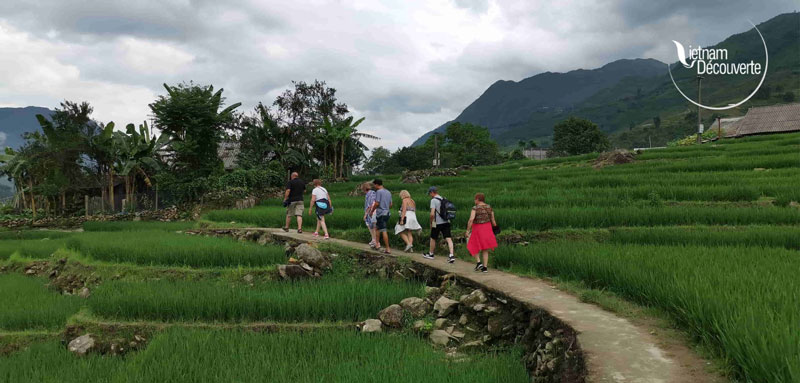
The 5 to 7-day itinerary, including several nights in a homestay, is designed for more demanding trekking enthusiasts, offering simple levels of comfort. The paths lead to villages such as Ban Luoc, Thong Nguyen, Nam Khoa, and Nam Ai, which are mainly populated by the Dao. This well-paced circuit combines grandiose landscapes with warm encounters with the local ethnic minorities in trekking Hoang Su Phi route.
5. Which Northern Vietnam Itineraries Can Be Combined with Hoang Su Phi?
The northeastern portion of Vietnam can be reached through this district (or it could be the end of your journey). This area features limestone plateaus, Dong Van Geopark, Ba Be Lake, and Cao Bang, all promising stunning landscapes and rich cultural immersion.
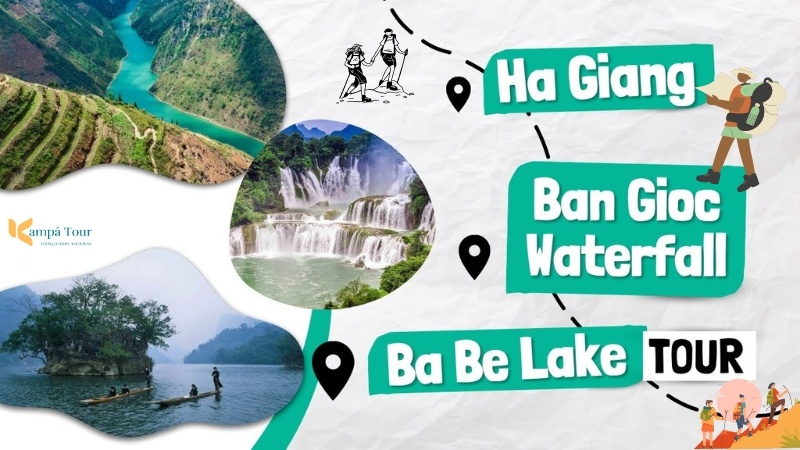
For those who wish to continue marveling at splendid rice terraces, the districts of Bac Ha, Sa Pa, Mu Cang Chai, and Nghĩa Lộ in the northwest of Vietnam should be their destination. This loop also takes you beyond famous places like Bắc Hà’s weekly market stalls or the beautiful ethnic villages in Mường Hoa Valley near Sa Pa, and especially the postcard-worthy terraced fields in Mù Cang Chải.
>>> Learn more about: The Black Lolo
6. How to get there?
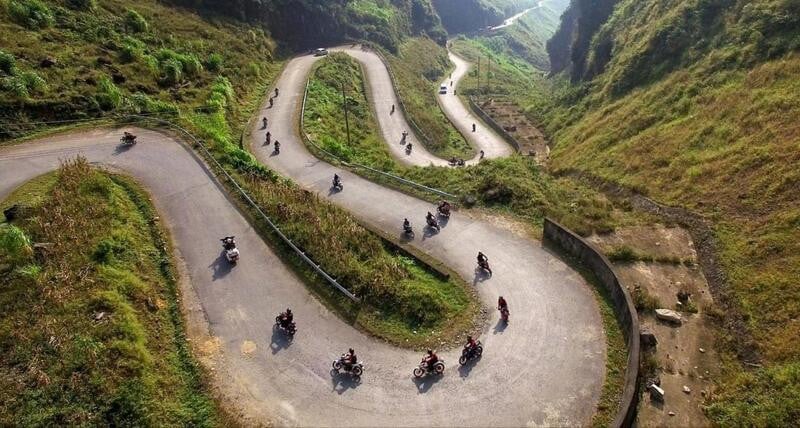
The district can be accessed from Ha Giang, the provincial capital of the same name, from Sapa in the west, and from Hanoi in the south.
- Hà Giang to Hoang Su Phi: If you’re ready to leave Ha Giang City behind, a private taxi or motorbike can take you to Hoang Su Phi via National Road No. 2 (QL2). The distance is about 100 km, which can be covered in 2.5 to 3 hours, driving at an average speed of 40 km/h on hilly terrain with steep inclines and few straight roads.
- Sapa to Hoang Su Phi: There is a distance of 180 km between this district and Sapa. You can travel there by private car or motorbike (4-6 hours). Taking a bus is not recommended as it is a local line with basic comfort levels, worse than what Vietnamese people usually experience on trains, for example. Additionally, bus schedules are frequently unreliable.
- Hanoi to Hoang Su Phi: Hoàng Su Phì is approximately 300 kilometers from Hanoi, requiring a full day’s drive (6 to 8 hours) depending on your mode of transport (private car, motorbike, or bus). There is no direct public transport, so you must first travel to Ha Giang before continuing to Hoàng Su Phi by bus. While motorbikes offer flexibility, they can be risky due to the long and winding roads. Thus, a private car is the most reliable, fastest, and safest option.
7. Local cuisine not to be missed
Remember to take home bags of the already mentioned 'shan tuyet,' a superior quality tea. It comes from the youngest buds of the century-old tea plants of Tay Con Linh. The fog covering the mountain all year round provides favorable conditions for their cultivation. Shan Tuyet is esteemed for its pure aroma and sweetness, as well as its recognized health benefits.
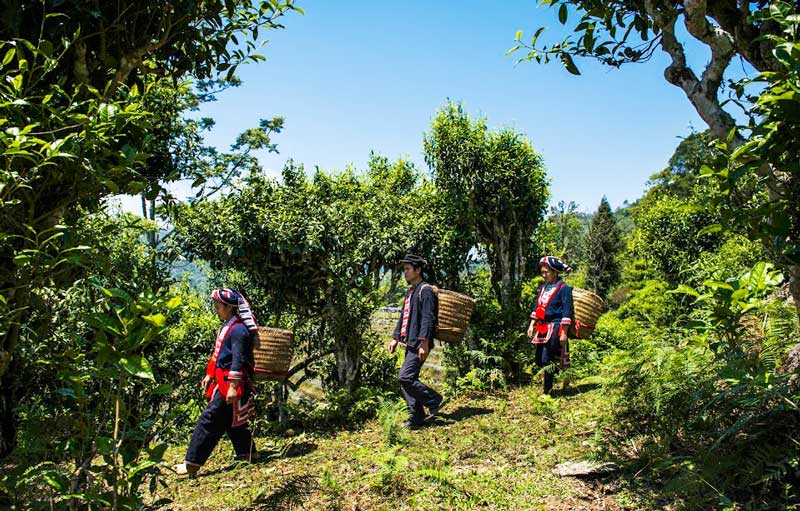
When visiting Hoang Su Phi, don't forget to try 'thang co' as well. It is a traditional dish of the H'Mong ethnic group, made from the viscera of horses, buffaloes, cows, or goats. Despite its preparation using ingredients that may seem unusual, this dish is very popular with tourists visiting Ha Giang.
When heading the northern tip of Vietnam, you will be surprised by the spectacular harmony between nature and people. If you are passing through Ha Giang, a stay in the Hoang Su Phi district is a must to admire the colorful staircases formed by the cultivated terraces and to immerse yourself in the original way of life of its ethnic minorities.
>>> Discover more attractive destinations in Vietnam:
- Mai Chau travel guide: 7 questions about the beautiful northern valley
- What to Do In Sapa, Vietnam? - Sapa Travel Guide 2024
- Unforgettable Ha Giang Loop: A Motorbike Odyssey Through Vietnam
- Ha Giang: 6 Essential Things to Know Before You Go
>>> See more about things to do in Vietnam by month:
JANUARY | FEBRUARY | MARCH | APRIL | MAY | JUNE | JULY | AUGUST | SEPTEMBER | OCTOBER | NOVEMBER | DECEMBER
Quiz: What do you know about Vietnam?



















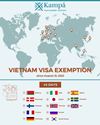
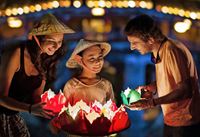
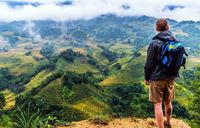
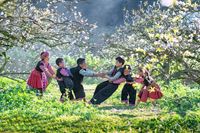

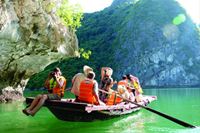



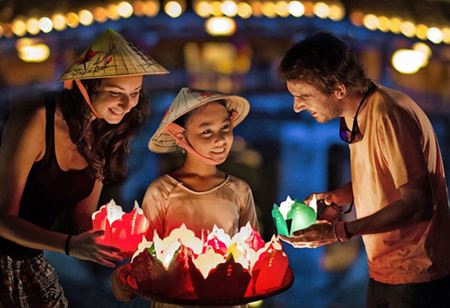
14 Days of Heritage: Exploring Vietnam, Cambodia, and Laos
Do you ever think of a mesmerizing 14-day journey through the rich cultural landscapes of Vietnam, Cambodia, and Laos? This carefully curated trip takes you through the heart of Southeast Asia, uncovering ancient capitals, stunning natural wonders, and UNESCO World Heritage sites. Discover the vibrant history, unique traditions, and breathtaking beauty of these three incredible countries. Experience the ultimate Vietnam Cambodia Laos itinerary 14 days as you delve into the essence of these destinations.
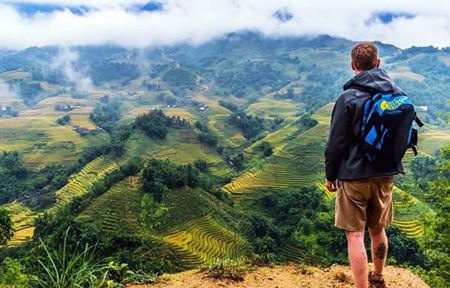
7-Day Scenic North Vietnam Trekking
Set off on a captivating 7-day trekking adventure through the majestic landscapes of North Vietnam. Trek through Dong Van, navigate winding paths, and explore traditional villages, all while marveling at the extraordinary natural beauty. Traverse the Nho Que River, witness the stunning Ban Gioc Waterfall, and discover the allure of the Cao Bang region amidst the rich tapestry of mountains, valleys, and picturesque rice terraces. Ideal for those who love adventure and are sportive.
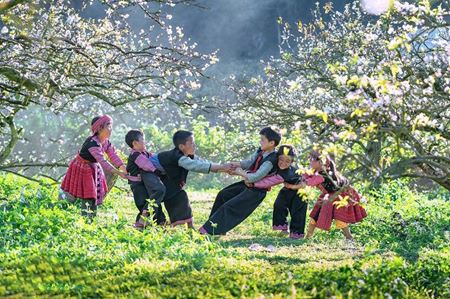
Essence of Northern Vietnam 7 days
An unforgettable journey in 7 days through the enchanting landscapes of North Vietnam, where you will have the chance to traverse the bustling streets of Hanoi, where ancient temples and vibrant markets intertwine. Trek through the picturesque mountain town of Sapa, encountering ethnic minority villages and breathtaking rice terraces. Then, set sail on a mesmerizing cruise through the awe-inspiring limestone karsts of Halong Bay, a UNESCO World Heritage Site. This North Vietnam 7 days tour promises a symphony of cultural immersion, natural beauty, and unforgettable experiences, leaving you with cherished memories of this captivating region.

Exotic Northeast Vietnam 10 Days
Escape the ordinary and lose yourself in the magic of exotic North Vietnam for 10 days trekking, where breathtaking landscapes unfold around every bend and vibrant cultures of ethnic minorities of S-shaped country color your every encounter. This carefully curated tour will take you beyond the usual tourist trail and delve into the heart and soul of this captivating corner of Vietnam. Our 10-day tour program offers a unique journey through history, culture, and natural wonders.
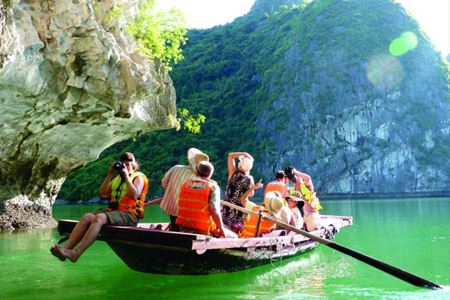
Exploration from Northern to Central Vietnam in 12 days
This budget-friendly 12-day itinerary from the North to the Central regions of Vietnam is sure to captivate you. We have thoughtfully balanced this tour to combine structured activities with free days for personal discovery and leisure. Experience overnight stays with local families in Bac Ha, evenings on traditional junk boats in Halong Bay, vibrant weekly markets, scenic hiking trails, and more. This tour offers a gateway to Vietnam's spirit and heritage, all within a concise 12 days!

Vietnam Cultural Heritages: A 2-Week Itinerary for Seniors
Especially curated for seniors, this Vietnam 2-week itinerary allows you to commence your journey with complete peace of mind, accompanied by a constant English-speaking guide. It will take you to explore the must-visit sites to discover both the charming beauties and the authentic stories and cultures of the country. This thoughtfully designed Vietnam 2-week itinerary ensures a comfortable and enriching experience for senior travelers, blending relaxation and exploration in perfect harmony.
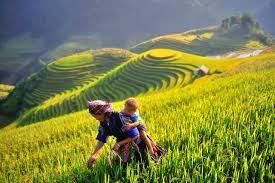
Vietnam Hill Tribe & Trekking Itinerary in 5 Days
This 5-day itinerary of North Vietnam leads you through the high mountains of the North-West, exploring the homeland of the Thai and Hmong minorities. Along the way, you'll witness spectacular terraced rice fields, adding to the beauty of the landscapes, and engage in emotional encounters with ethnic tribes. This North Vietnam 5 days itinerary offers an in-depth experience of the region's rich cultural heritage and stunning natural beauty, ensuring a memorable adventure in the heart of Vietnam.
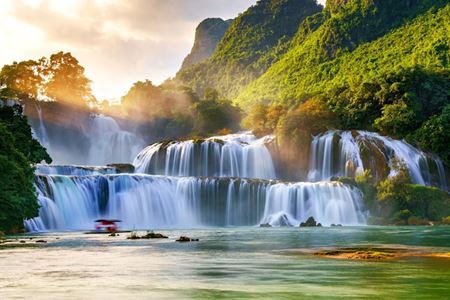
Vietnam's Northern Charms in 2 Weeks Including Ha Giang Loop
This Northern Vietnam 2-week itinerary, including the iconic Ha Giang Loop, takes you through the country's most beautiful and famous destinations. From the expansive blue sea to the majestic northwest mountains and forests, you'll explore the natural wonder of Ha Long Bay and witness Vietnam's most stunning terraced fields. Experience the thousand-year-old stone plateaus and encounter ethnic people in vibrant, colorful costumes. This Northern Vietnam 2-week itinerary blends all these elements to create the most picturesque and unforgettable experience in North Vietnam.

